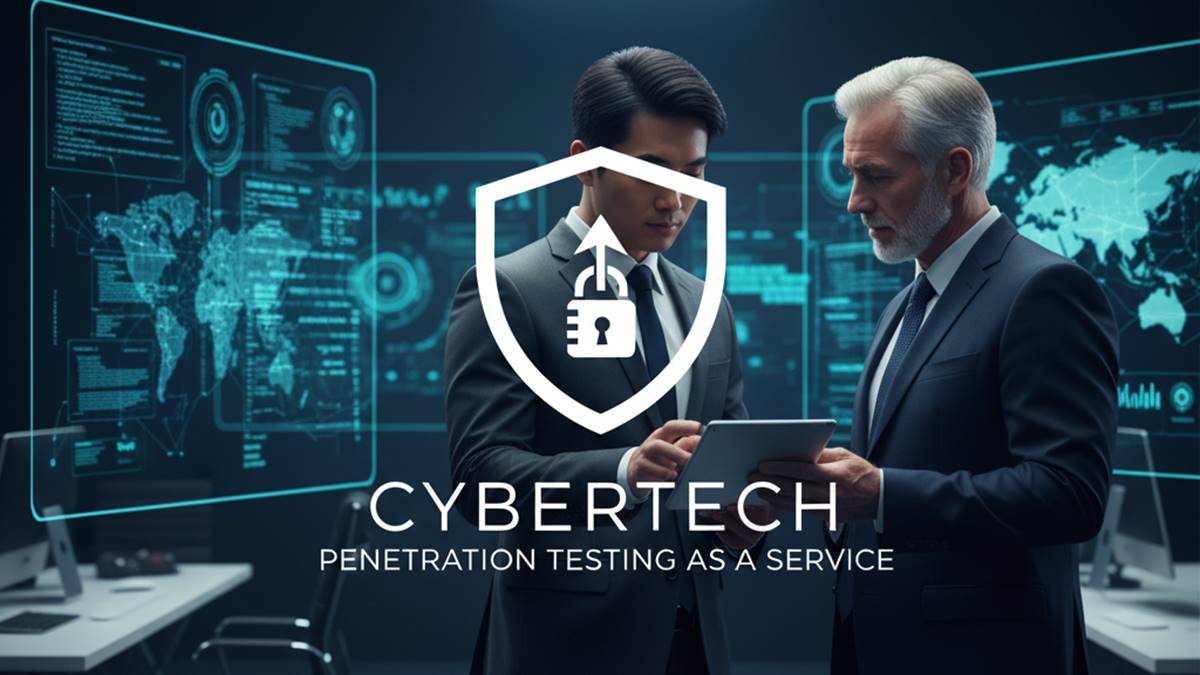The cyber threat landscape has never been more volatile. Businesses of all sizes—whether global enterprises or agile startups—are operating in a digital environment where adversaries exploit every weak point. Firewalls, intrusion detection systems, and compliance checklists form a necessary foundation, but none of them prove the ultimate question: how secure are we, really?
This is where a pentesting service becomes essential. By simulating a real-world attack, it provides a true measure of resilience, bridging the gap between perceived security and actual security.
The gap between tools and reality
Modern organizations rely heavily on automated scanning tools, endpoint protection, and cloud monitoring. While these detect many known issues, they are limited by pre-programmed signatures and static assumptions. They cannot chain small flaws into impactful attack paths, nor can they replicate the creativity of a determined hacker.
Consider this scenario: a web application passes a vulnerability scan, but has a logic flaw in its booking engine that allows attackers to bypass payment. An automated tool might never flag it—but a skilled penetration tester will.
That difference can mean millions in lost revenue, reputational damage, and regulatory scrutiny.
What pentesting provides that audits cannot
Audits and vulnerability scans answer compliance-driven questions: Do you meet the baseline standards? Are patches up to date?
Pentesting, however, answers operational questions that matter to leadership:
-
Can an attacker get into our systems?
-
If they did, how far could they go?
-
Would we notice in time?
-
What business impact would it have?
It’s the closest thing to a controlled breach—without the actual chaos of a breach.
The anatomy of a modern pentest
Professional penetration testing follows a structured methodology, typically including:
1. Reconnaissance
Gathering intelligence about networks, applications, and people. This includes OSINT, DNS data, exposed cloud assets, and even social engineering vectors.
2. Enumeration and scanning
Mapping services, ports, APIs, and endpoints. Automated tools assist here, but human interpretation is key to identifying non-obvious attack surfaces.
3. Exploitation
Targeted attempts to exploit vulnerabilities. This can range from SQL injection in a web app, to privilege escalation in Active Directory, to misconfigured S3 buckets in the cloud.
4. Post-exploitation
Testing the depth of compromise: Can data be exfiltrated? Can lateral movement be achieved? Would ransomware spread internally? This phase reveals potential business impact.
5. Reporting and remediation
Delivering findings in a clear, prioritized format for executives and technical staff. Good reports provide both strategic insight and actionable remediation steps.
Sectors that benefit the most
While pentesting is valuable across industries, some sectors face heightened risk:
-
Finance and banking: Sensitive transactions and regulatory scrutiny
-
Healthcare: Patient records and connected medical devices
-
Retail and e-commerce: Payment systems, loyalty programs, customer trust
-
Travel and hospitality: Booking engines, third-party APIs, customer data
-
Manufacturing and logistics: IoT, OT systems, and supply chain security
In each case, the cost of downtime or data compromise is measured not just in money, but in trust.
Compliance and beyond
Many regulations explicitly require penetration testing, including PCI DSS, ISO 27001, SOC 2, and HIPAA. But compliance is the baseline—not the finish line. Pentesting adds value by exposing how attackers exploit gaps that compliance frameworks overlook.
It also helps meet growing demands from insurers, investors, and enterprise partners who expect proof of resilience—not just paper compliance.
Why choose Superior Pentest?
At www.superiorpentest.com, penetration testing is treated as both a science and an art. Their certified testers (OSCP, CRTO, CEH, CISSP) bring hands-on expertise across web, mobile, cloud, and infrastructure environments. What sets them apart is:
-
Manual, creative testing, not just automated scans
-
Business-aware reporting, bridging technical detail and executive clarity
-
Safe, controlled methodology, ensuring zero disruption to operations
-
Comprehensive coverage, from legacy AS400 to modern Kubernetes clusters
Most importantly, they partner with clients through remediation and retesting—ensuring vulnerabilities aren’t just identified, but eliminated.
Turning risk into resilience
A penetration test is not about proving perfection. It’s about identifying weaknesses, learning how adversaries think, and continuously improving security posture. In an environment where attacks are inevitable, the true measure of resilience is preparation.
For executives, it provides peace of mind. For IT leaders, it provides actionable intelligence. For the organization, it provides resilience in the face of growing uncertainty.
In cybersecurity, the question is not if you’ll be targeted—it’s when. The difference lies in whether you’re ready.
